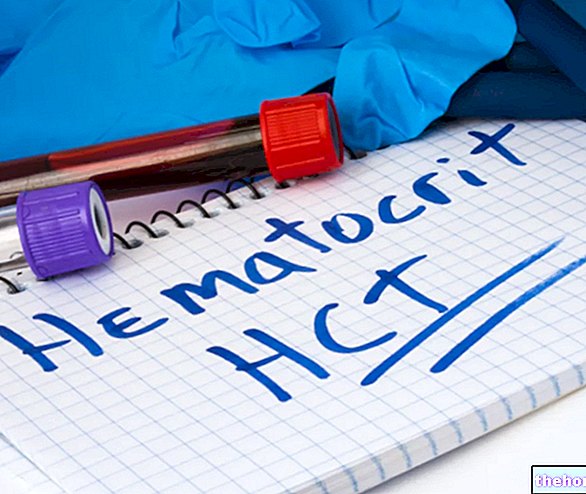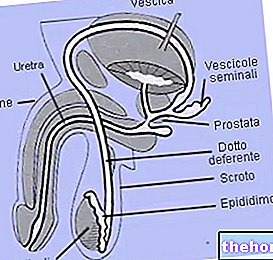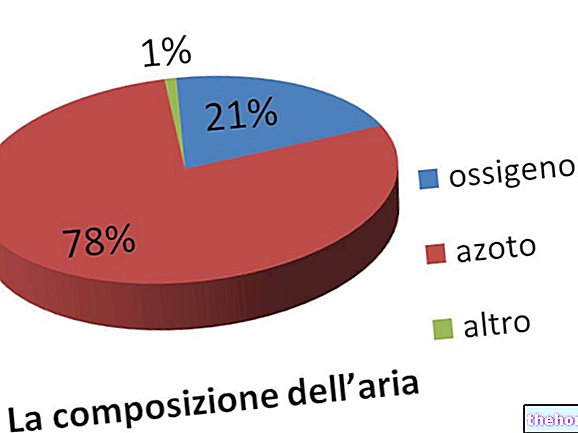Lipoprotein lipase (LPL) is an enzyme found in endothelial cells that line the inner surface of blood capillaries. It is particularly concentrated at the level of the capillary endothelium of skeletal muscle tissue, heart tissue and adipose tissue. Not surprisingly, the function of lipoprotein lipase is to hydrolyze the triglycerides contained in lipoproteins (chylomicrons and VLDL), releasing two fatty acids free and a monoacylglycerol. The products deriving from this hydrolysis of triglycerides diffuse into the cells, where they can essentially meet two destinies: the first is to be metabolized in skeletal muscle and in the heart, the second, typical of periods of overfeeding ( energy surplus), is to be used as substrates for the resynthesis of triglycerides, then accumulated as an energy reserve.
Insulin increases the expression of lipoprotein lipase at the level of white adipose tissue, favoring the hydrolysis of blood triglycerides into glycerol and fatty acids; thus, the latter can enter the adipocytes and then be reesterified with glycerol, forming reserve triglycerides.
Familial lipoprotein lipase deficiency (Burger-Grutz disease or familial hyperlipoproteinemia type I)
Autosomal recessive disease, with an incidence equal to one case in 100,000 people. It occurs in subjects homozygous for a mutation on the gene that codes for lipoprotein lipase. The consequent deficiency of this enzyme causes those affected by this disease to show particularly high levels of triglycerides (usually exceeding 800-1000 mg / dL), due to the blocking of the metabolism of chylomicrons. Severe hypertriglyceridemia is accompanied, since childhood, by a greater incidence of pancreatitis, abdominal pain, eruptive xanthomas (yellowish papules with reddened contours distributed in the body regions subjected to pressure) and hepatosplenomegaly (abnormal enlargement of the liver and spleen). also the increased cardiovascular risk, while retinopathy is sometimes present.
Familial APO-C2 deficiency
A very important protein, because it is able to activate the lipoprotein lipase, is the Apo-lipo-protein-C2 or APO-C2. A deficiency of this protein, expressed on the surface of VLDL and chylomicrons, can cause hyperlipoproteinemia characterized by hypertriglyceridemia (high blood triglycerides). Consequently, APO-C2 deficiency is associated with an increased risk of early atherosclerosis and of pancreatitis, more common in old age. Also in this case the disease is linked to an autosomal recessive mutation, specifically in the gene that codes for APO-C2.
Lipoproteinlipase, diet, drugs and supplements
Lipoprotein lipase or APO-C2 deficiency can be treated with a low-fat diet, consumed in quantities not exceeding 10-20 grams per day. Intermediate chain fats, which bind directly to albumin and do not exploit chylomicrons to be transported in the bloodstream, should be clearly preferred. At the same time, it is necessary to abolish alcohol and ensure an adequate supply of fat-soluble vitamins and fatty acids essential. Fish-derived omega-3s (EPA and DHA), in particular, have shown remarkable hypotiglyceride-lowering properties and as such are used in high doses to lower triglyceride levels. Other drugs with similar activity are fibrates and nicotinic acid, which exert their hypotryglyceride-lowering action also by increasing the expression of the enzyme lipoprotein lipase.
















.jpg)











